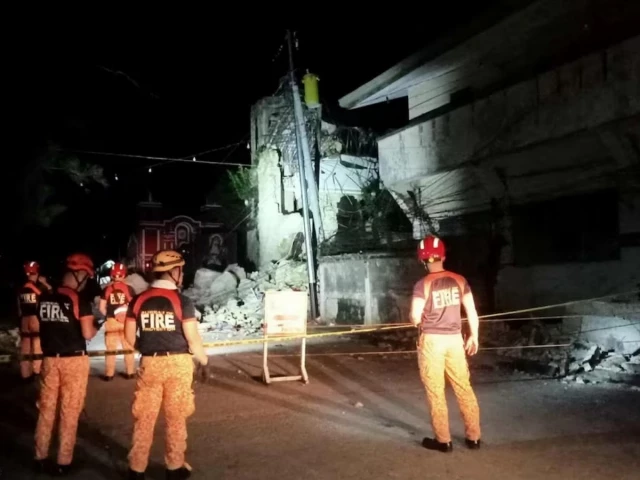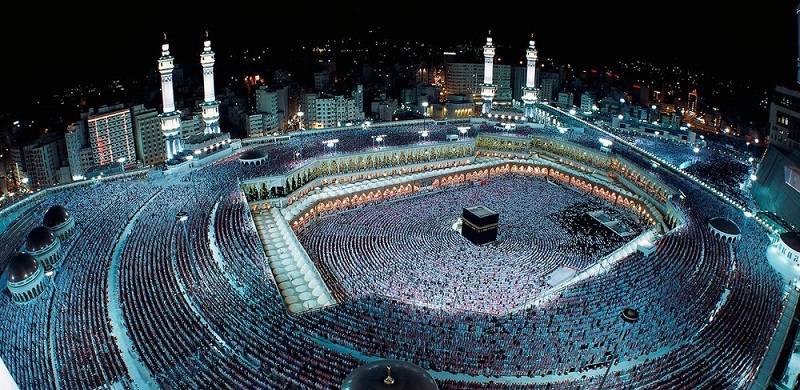6.9 magnitude earthquake Philippines kills 69
A 6.9 magnitude earthquake Philippines kills 69 people after striking central Cebu late Tuesday evening. The epicenter lay near Bogo City, triggering widespread damage.
The tremor hit around 9:59 p.m. local time, with a shallow depth of approximately 10 km, intensifying ground shaking at the surface.
Widespread Destruction & Community Impact
Cebu suffered severe structural damage: walls collapsed, bridges cracked, churches and older buildings tumbled.
In San Remigio, part of a sports complex collapsed during a basketball match, causing multiple fatalities.
Power, water, and communications cut across affected towns, complicating rescue.
Multiple aftershocks, including one up to magnitude 6, followed the main quake.
Search & Rescue Under Pressure
Rescue teams raced through rain and darkness, using backhoes, sniffer dogs, and manual effort to locate victims.
Hospitals in Bogo were overwhelmed, with some patients evacuated due to infrastructure risk.
Officials warned the death toll could rise, with many people still missing under rubble.
Government Reaction & Relief Measures
Philippine President Ferdinand “Bongbong” Marcos Jr. offered condolences and pledged swift assistance.
Cabinet secretaries and military units were dispatched to manage relief coordination.
San Remigio and Tabuelan declared a state of calamity to fast-track emergency aid and operations.
Why the Philippines Faces High Risk
The country sits squarely on the Pacific “Ring of Fire”, making it vulnerable to earthquakes, volcanoes, and tectonic shifts.
Its archipelagic geography and many unsteady structures increase damage in seismic events.
What to Watch Going Forward
- Aftershock sequence: Strong tremors may continue for days.
- Tsunami risk: A warning was briefly raised but later canceled.
- Infrastructure assessments: Bridge, road, and building inspections will continue.
- International aid: Offers of support have begun pouring in from allied countries.







